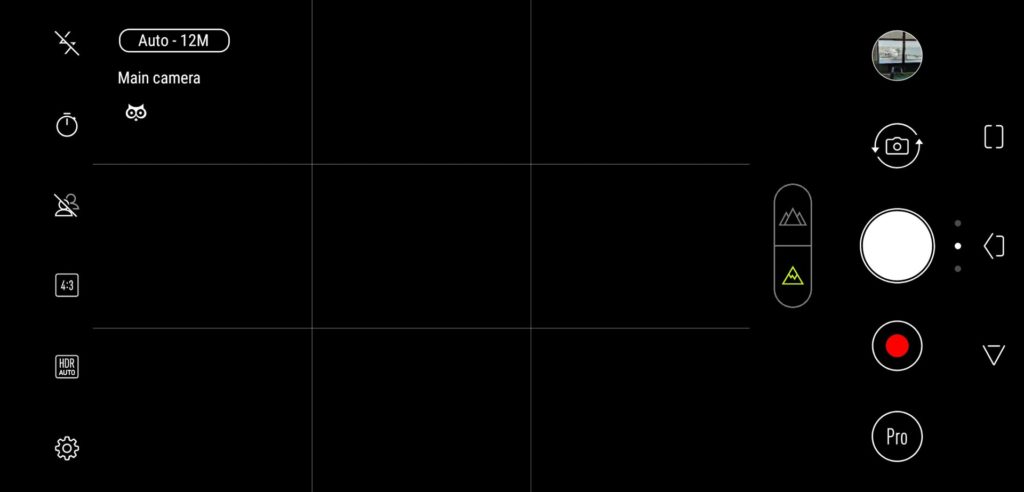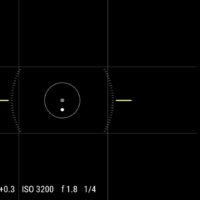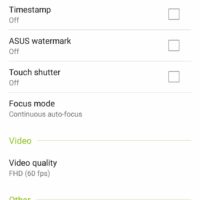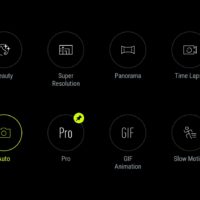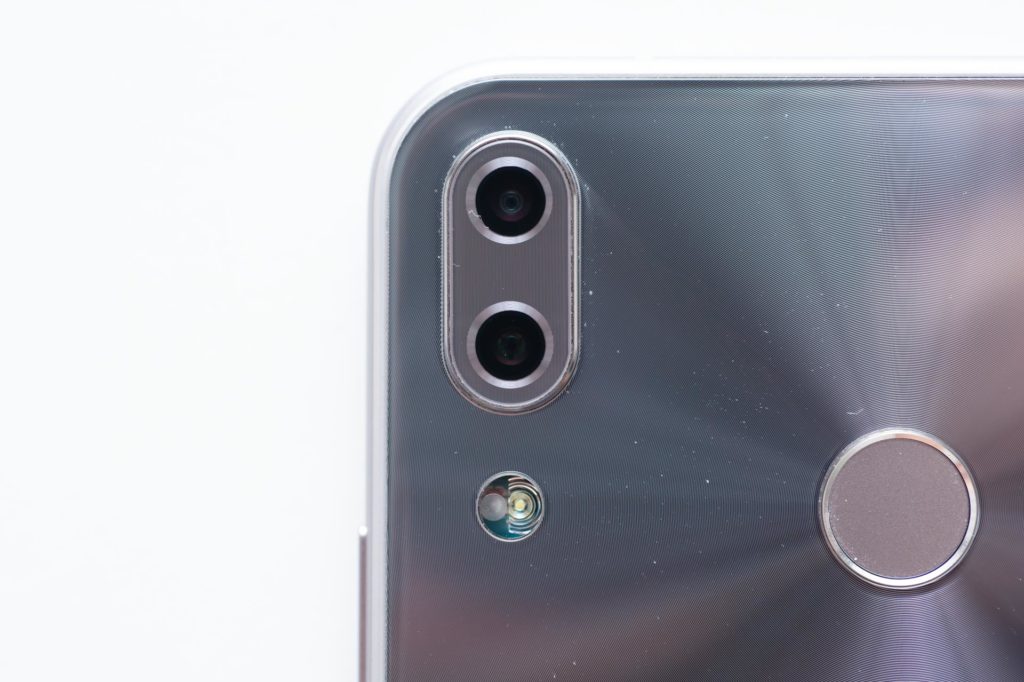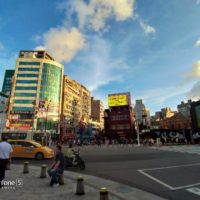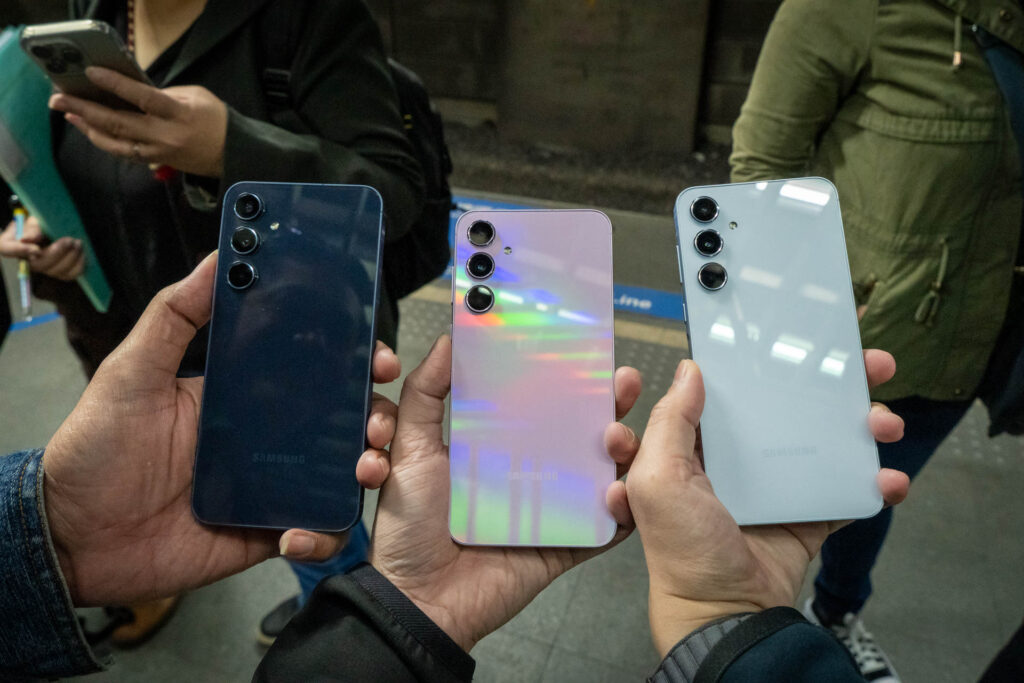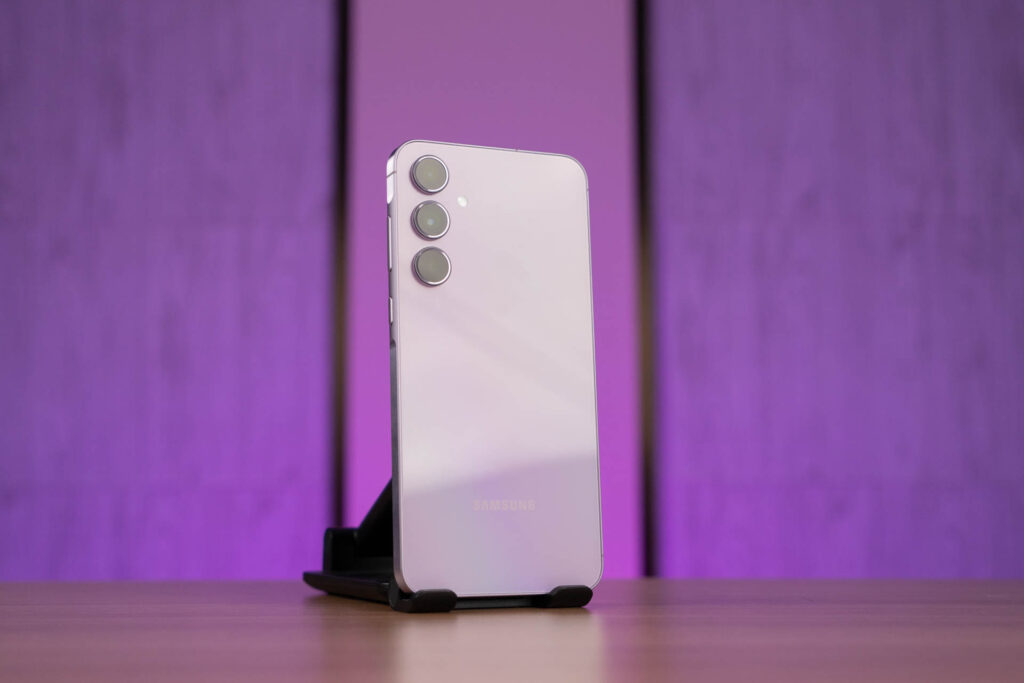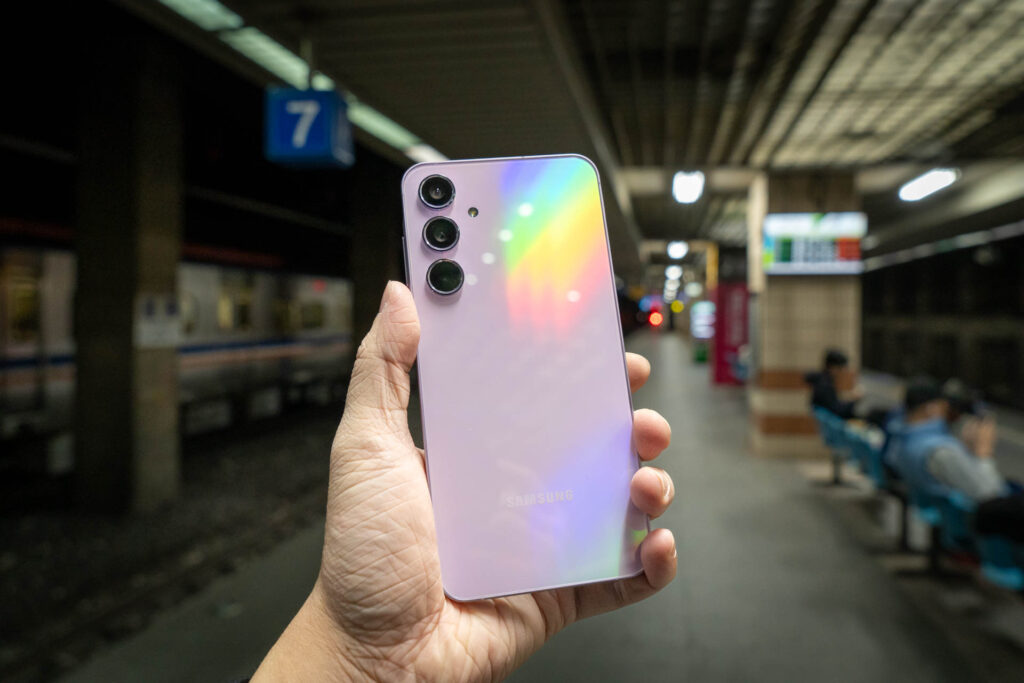Review – ASUS ZenFone 5: Best All-Rounder Smartphone Under RM1,300
10 min read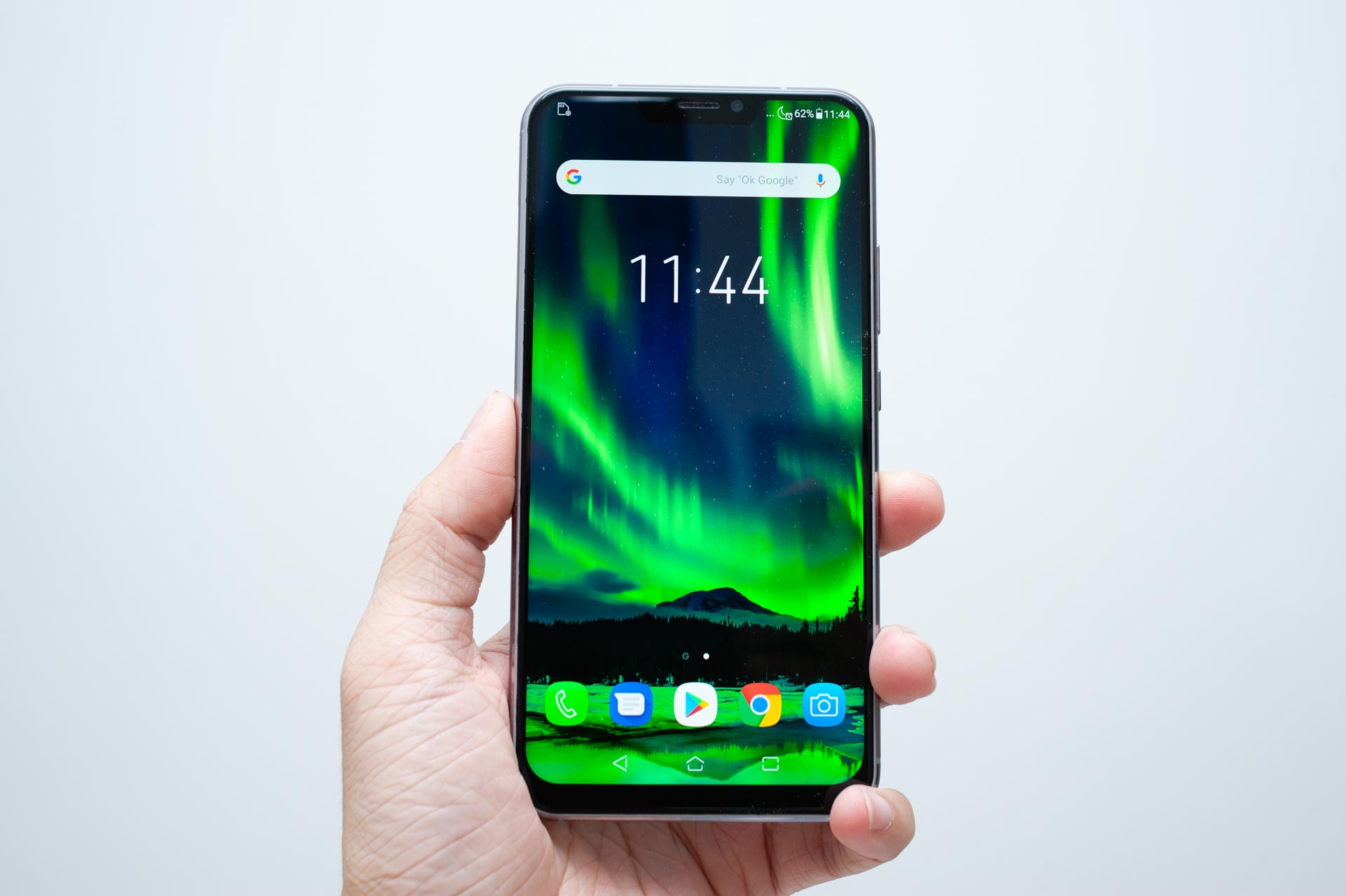
ASUS ZenFone 5
RM 1,299Pros
- Excellent build quality
- Excellent display quality
- Excellent camera image quality
- Ultra wide angle camera for that dope POV
- Superb HDR mode (photo)
- Clean ZenUI 5 build (minimum bloatware)
- Excellent performance
- Excellent power efficiency & battery life
- Value for money
Cons
- Slippery glass back
- Distortion and blurry edges (wide angle lens)
- Washed out colours (selfie)
- Less refined twin apps implementation
Camera
Camera App
The camera app is the usual ASUS ZenUI camera. The UI has pretty much remained the same from the previous ZenUI 4 – all the button placement and functionalities. For those who want to shoot in manual, the Pro mode is still available as a pinned shortcut. Another key addition to the camera is the AI Photography function. By using a special algorithm that studies thousands of stock photos in the cloud, the data models are then stored in the phone. When the user points the camera at a scene or subject, the camera would detect the scene or subjects the user is shooting and then applies the best settings for that shot.
Rear Camera (Standard)
The standard camera has been awarded 93 points by DxOMark. That is the highest score given to a mid-range phone which is priced at just under RM 1,399. The sensor has a good dynamic range, with that being said, when we turned on the HDR mode, the excellent hardware when combined with a properly done software post-processing, the outcome is just mind-blowing. The final image is not heavily processed with oversaturated colours. Frankly speaking, this is probably the first phone that I have kept the HDR mode turned on all the time. Now, there are definitely some disadvantages with the HDR mode, since HDR photos are the result of combining multiple exposures, therefore, there is a tendency of ghosting artefacts when shooting subjects in motion.
The autofocus is quick and accurate even in the low light situation. Not that I said it will outperform those high-end smartphones with dual-pixel AF technology, however, I did not expect it to work almost as good as many of its more expensive competitors. The details are sharp just that the sensor ISO noise is a bit on the higher side. You may notice the noise even in photos taken with low ISO. Overall, the pros overweigh the cons and the photo quality has definitely surpassed my expectations.
Rear Camera (Ultra-Wide)
ASUS is probably the only few smartphone brands that pair a standard camera with an ultra-wide angle camera. The rest would just put in a telephoto lens and call it “Portrait” lens. Honestly speaking, how useful is a telephoto lens compared to an ultra-wide angle lens? Maybe they are useful when they want to zoom in and take a detail shot. The 120-degree ultra-wide angle lens, however, would provide a unique perspective which is very useful when taking group shots or landscape photos.
Just like many other dual cameras out there, the cons of the secondary camera are that the sensor is slightly inferior to the standard one as well as lens distortion. It doesn’t mean that lower megapixel (8MP) is worst than the other one with higher megapixel (12MP). Generally speaking, it is the overall lower image quality produced by the sensor and the lens. The centre has sharp details but as we move closer to the edge, apart from the distortion which is perfectly normal for an ultra-wide angle lens, the edge sharpness is nowhere to be found. I only found out those issues when I loaded the photo from my PC. For social media and mobile sharing, it looks amazing.
Front Camera
As for the front camera, thanks to the face recognition and focus point spot metering, the exposure is often adjusted according to the subject’s exposure. That means your face will always be the priority when the camera auto-adjust the image brightness. So there is some occasion where the background would be too dark or too bright, so you just have to adjust a bit on the camera angle to get your desired exposure. However, the colour would often seem washed out and makes the whole image looks dull. So, it is definitely something to take note of.
Contents


